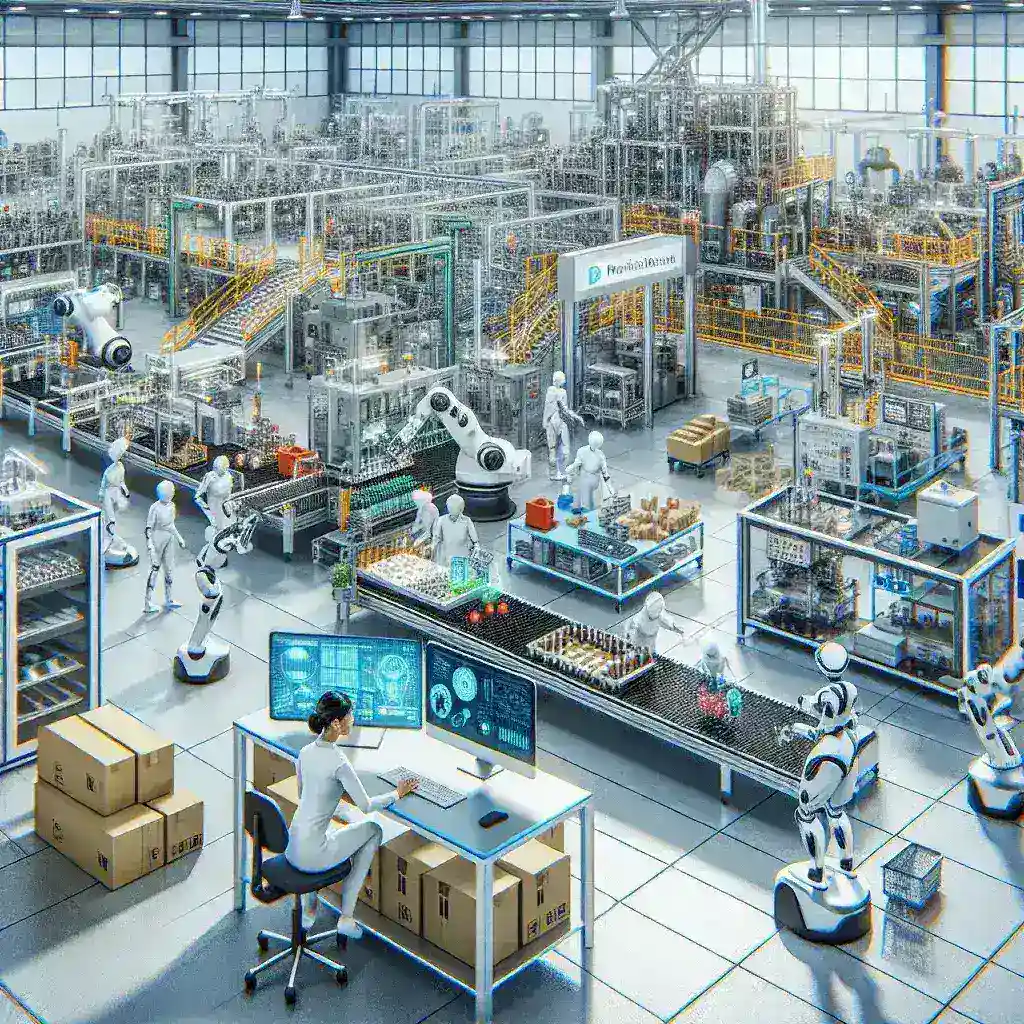Introduction
The manufacturing sector has always sought ways to improve efficiency, reduce downtime, and cut costs. One technology that is making significant strides in achieving these goals is artificial intelligence (AI). By integrating AI into predictive maintenance strategies, manufacturers can anticipate equipment failures and perform necessary maintenance before issues arise. This proactive approach not only keeps production lines running smoothly but also extends the lifespan of machinery. In this article, we explore how AI is revolutionizing predictive maintenance in the manufacturing industry.
What is Predictive Maintenance?
Predictive maintenance is a technique that uses data analysis tools and techniques to detect anomalies in the operation of machinery and equipment. By analyzing patterns, this approach predicts when a failure might occur, allowing for timely interventions. Unlike reactive maintenance, which deals with equipment failure after it happens, or preventive maintenance, which schedules maintenance at regular intervals, predictive maintenance offers a more precise, data-driven solution.
The Role of AI in Predictive Maintenance
AI enhances predictive maintenance by processing large volumes of data generated by IoT devices, sensors, and machinery. AI algorithms can identify patterns and anomalies that human analysts might overlook. Here are some key ways AI is transforming predictive maintenance:
1. Advanced Data Analysis
Traditional methods of data analysis are limited by human capacity and time constraints. AI can analyze vast amounts of data in real-time, providing quick and accurate insights. Machine learning algorithms can predict equipment failures with high precision, minimizing false alarms and unnecessary maintenance.
2. Machine Learning Models
Machine learning models can be trained to recognize normal operation patterns and detect deviations. These models continuously learn from new data, improving their accuracy over time. This adaptability makes them invaluable for predictive maintenance, as they can accommodate the evolving nature of machinery and production processes.
3. Prescriptive Analytics
While predictive analytics forecasts when equipment might fail, prescriptive analytics goes a step further by recommending specific actions to take. AI-driven prescriptive analytics can suggest the best course of action to prevent a predicted failure, optimizing maintenance schedules and resource allocation.
4. Real-Time Monitoring
AI-powered systems can provide real-time monitoring of equipment health. Continuous data collection and analysis enable immediate detection of potential issues, allowing maintenance teams to address problems before they escalate.
Benefits of AI-Driven Predictive Maintenance
Implementing AI in predictive maintenance offers numerous advantages:
- Reduced Downtime: By predicting failures before they occur, AI helps avoid unexpected production halts.
- Cost Savings: Timely maintenance can prevent costly repairs and extend the lifespan of equipment.
- Improved Safety: Predictive maintenance ensures that machinery operates within safe parameters, reducing the risk of accidents.
- Optimized Resource Use: Maintenance activities can be scheduled efficiently, making the best use of available resources.
- Increased Productivity: With fewer unexpected breakdowns, production lines can operate at optimal levels, boosting overall productivity.
Challenges and Future Outlook
While AI-driven predictive maintenance offers significant benefits, it is not without challenges. Integrating AI requires investment in technology and training, as well as a paradigm shift in maintenance strategies. Data quality and availability are crucial for the success of AI models, and companies must ensure they have the necessary infrastructure in place.
Looking forward, the continued advancement of AI technologies and their integration with other Industry 4.0 innovations like IoT and digital twins will further enhance predictive maintenance capabilities. As AI becomes more sophisticated and accessible, its adoption in the manufacturing sector is expected to grow, driving further efficiencies and cost savings.
Conclusion
AI is revolutionizing predictive maintenance in manufacturing by providing the tools needed for accurate predictions and efficient maintenance scheduling. This proactive approach minimizes downtime, cuts costs, and enhances productivity, making it an indispensable part of modern manufacturing strategies. As technology continues to evolve, the potential for AI-driven predictive maintenance will only increase, paving the way for smarter, more efficient manufacturing processes.

